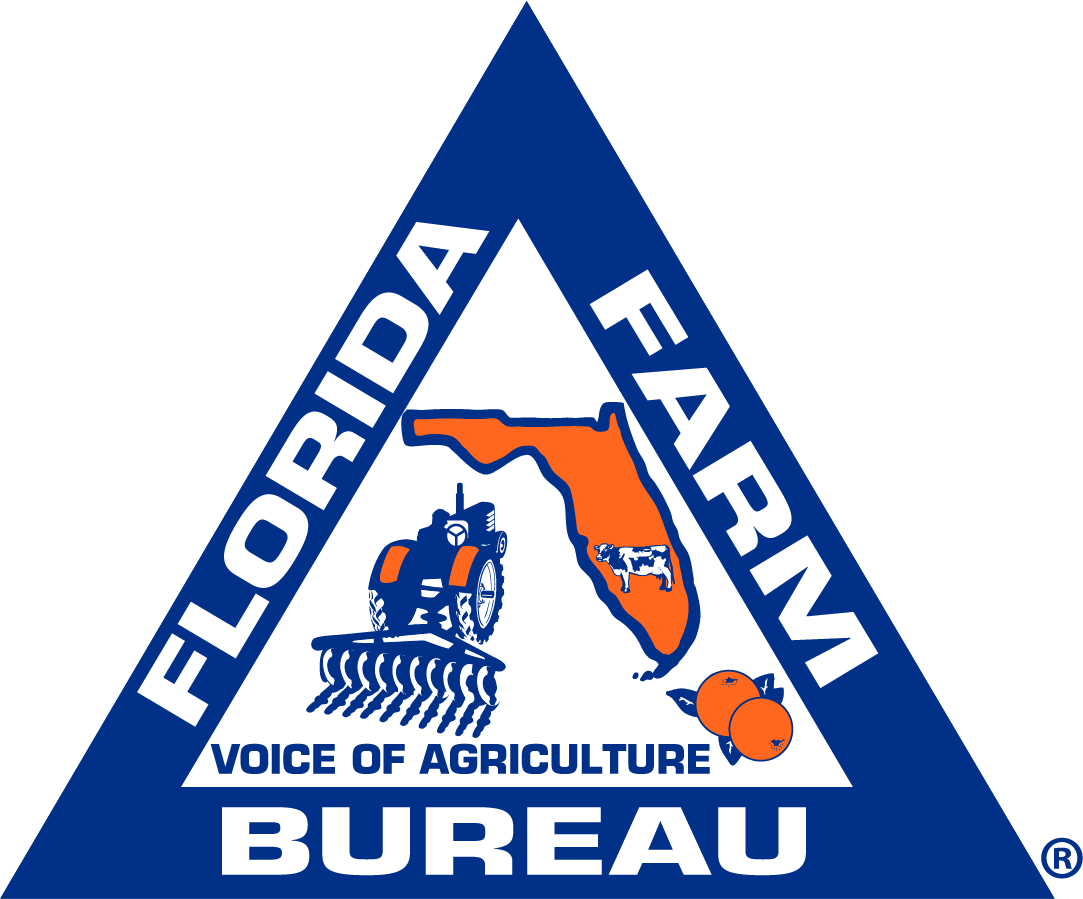June 15, 2015
According to a U.S. Department of Agriculture study, most residents in this nation enjoy a diet that supports active, healthy living. They have access to an adequate quantity and variety of food.
Consumers in this nation also pay less of their household income for food than their counterparts in most other areas of the world.
But the agency considers a portion of the U.S. population to be food insecure. Consisting of approximately 14.5 percent of all households, this group of residents faces difficulty at some times during the year providing enough food for all family members because of a lack of resources.
These households receive support from three federal programs: the Supplemental Nutrition Assistance Program (SNAP), the Special Supplemental Nutrition Program for Women, Infants and Children (WIC) and the National School Lunch Program. More than 62 percent of all households considered food insecure participate in one or more of these programs.
Most of the USDA’s annual budget is devoted to these programs.
The study, based upon surveys conducted by the agency’s Economic Research Service, is available at http://www.ers.usda.gov/media/1565415/err173.pdf.

